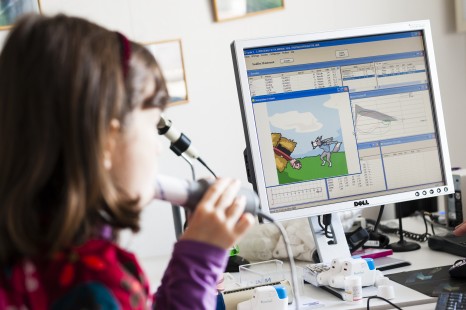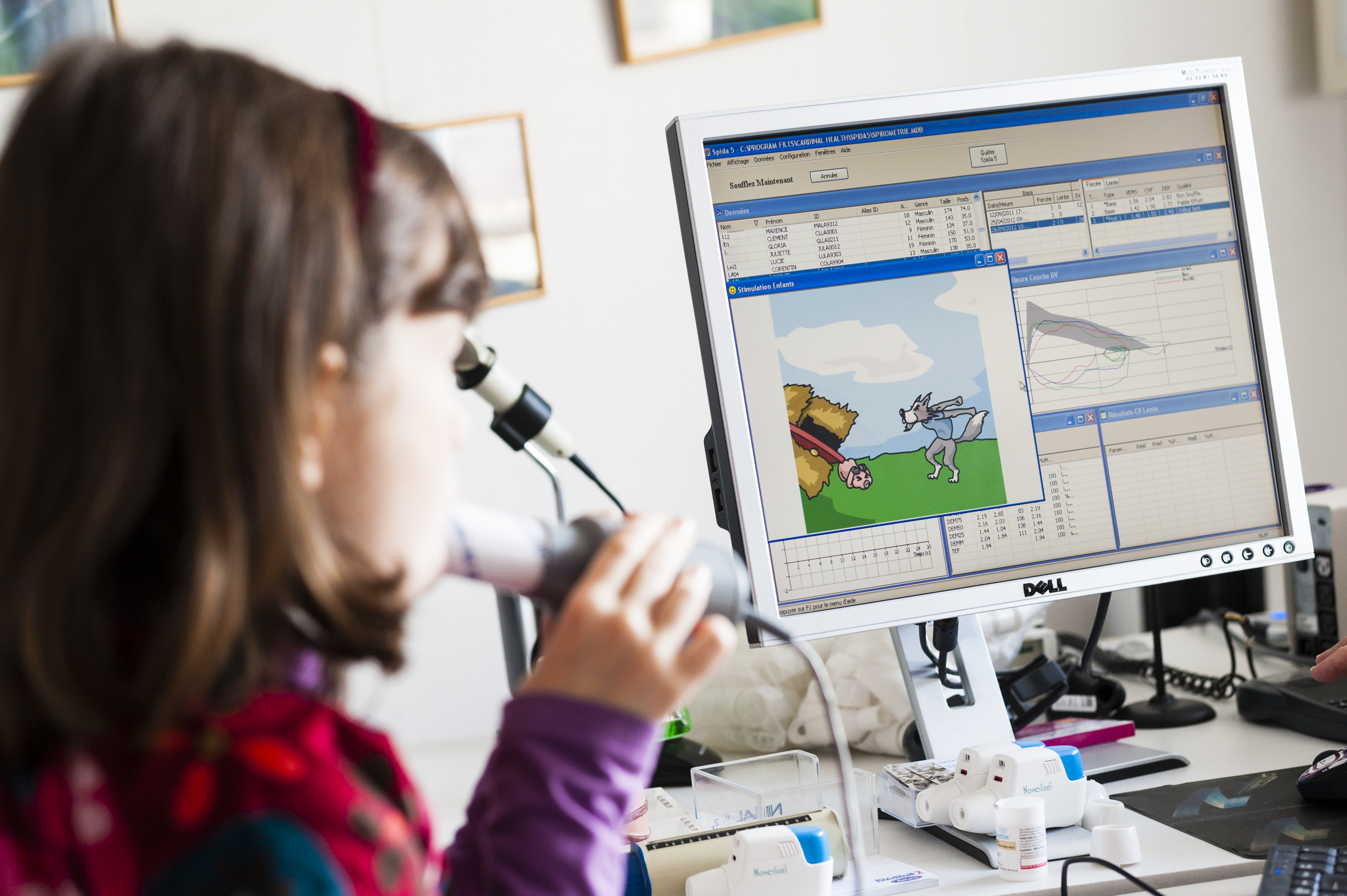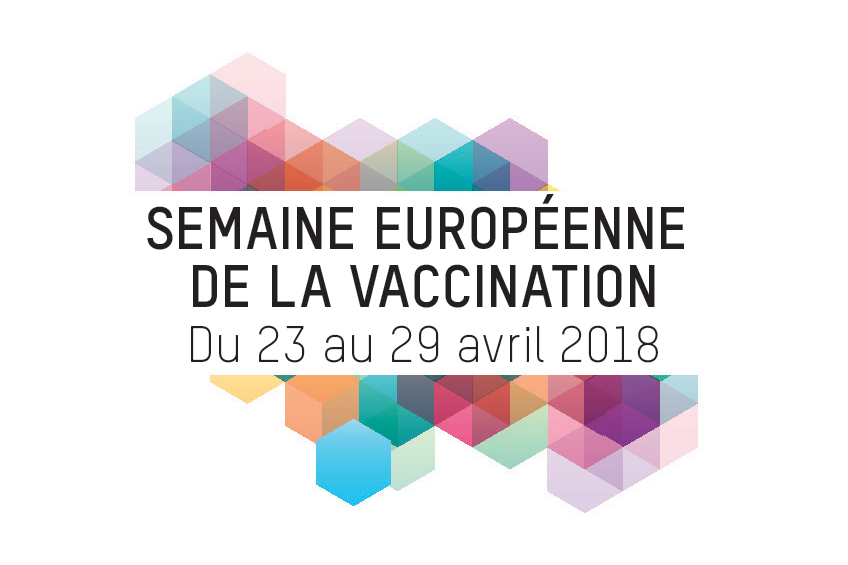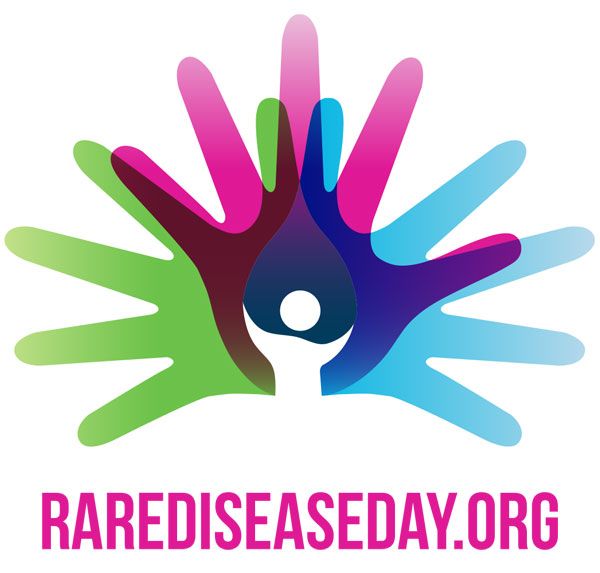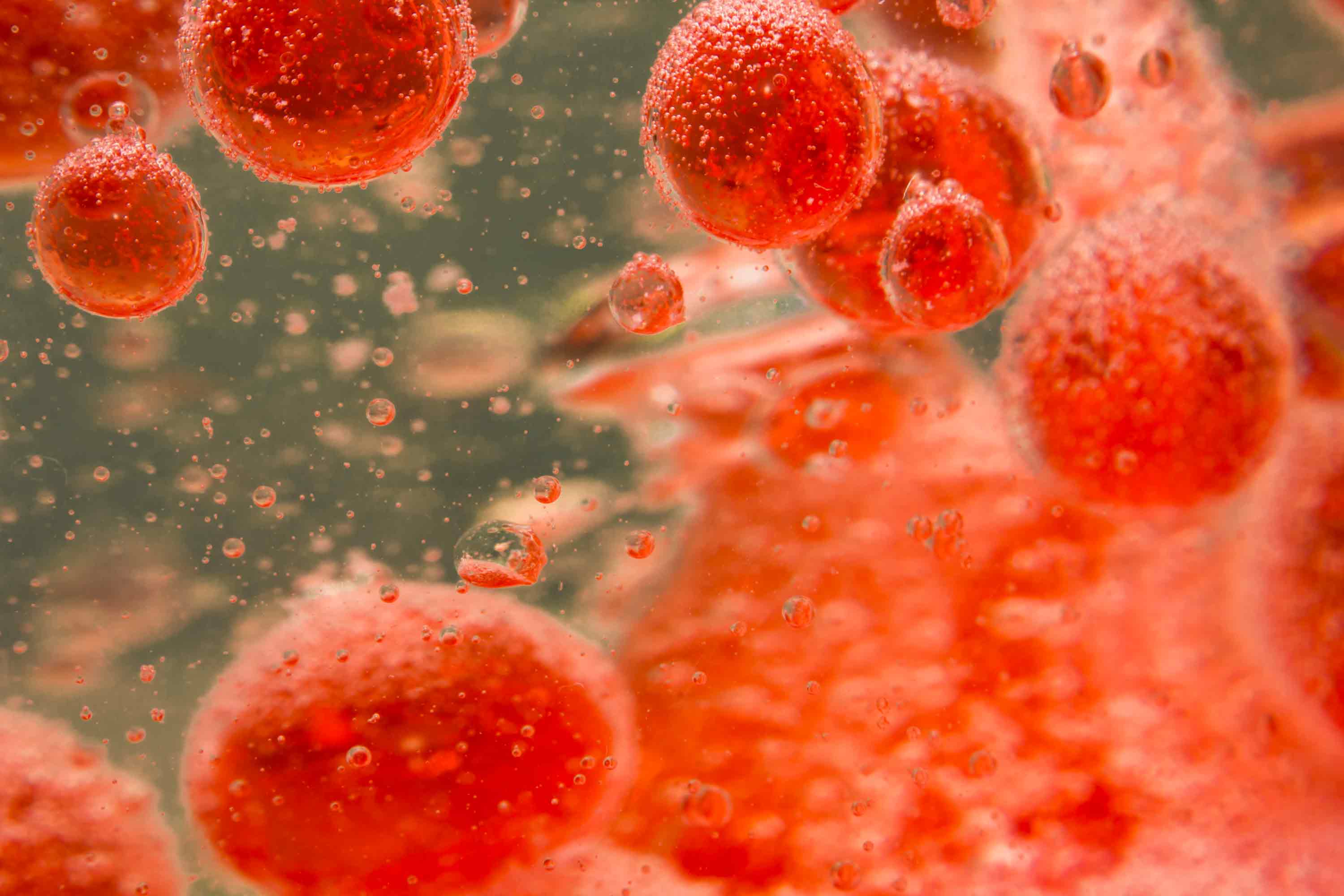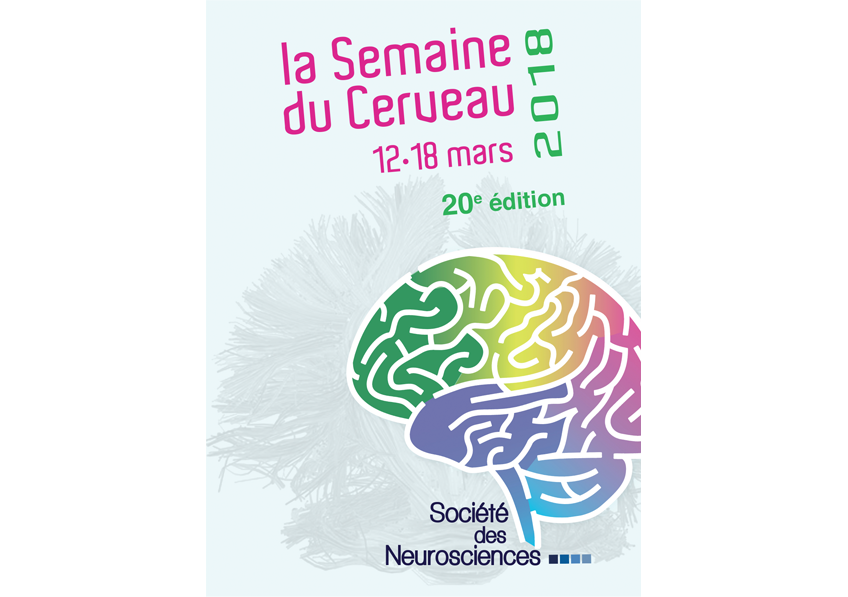
From March 12 to 18, 2018, for Brain Awareness Week, the general public is invited to discover the latest neuroscientific advances in an array of free events: conferences, workshops, exhibits, film screenings, and encounters with those involved in research.
The twentieth annual Brain Awareness Week will take place in over one hundred countries and more than forty cities in France. Researchers from major research organizations, neuroscience institutes, and the realm of university hospitals will offer a fun, varied program: exhibits, film screenings, shows, conferences for the general public, workshops, debates, laboratory tours, and children’s events.
Brain Awareness Week is coordinated by the Society for Neuroscience in partnership with the Brain Research Federation, under the aegis of the European Dana Alliance for the Brain.
The event’s website: www.semaineducerveau.fr/2018
View the 2018 program
View the press pack
Inserm website event page
Inserm, a Brain Awareness Week 2018 partner, is organizing several events throughout France with help from its researchers and regional offices. The press service provides journalists with contact information for the event’s reference researchers.
Northwest Office
Nacim Betrouni
Inserm Researcher
U1171 Degenerative and vascular cognitive disorders
+33 (0)3 20 44 64 22
rf.mresni@inuorteb.mican
David Vaudry
Inserm Researcher
“Neuropeptides, neuronal death, and cell plasticity” team leader
U1239 Neuronal and neuroendocrine differentiation and communication
+33 (0)2 35 14 67 60
rf.neuor-vinu@yrduav.divad
Ile de France Office
Bertrand Nalpas
Inserm Researcher
Addiction mission leader
Scientific Information and Communication Department
+33 (0)1 44 23 67 65
rf.mresni@saplan.dnartreb
François Rouyer
Inserm Researcher
“Molecular genetics of circadian rhythms” team leader
UMR9197 Paris-Saclay Institute of Neuroscience (NEURO-PSI)
+33 (0)1 69 82 34 36
rf.fig-srnc.fani@reyuor
Véronique Fabre
Inserm Researcher
U1130 Paris Seine Neuroscience
“Normal and pathologic glutamatergic neurons” team
+33 (0)1 44 27 60 68
rf.cmpu@erbaf.euqinorev
Frédéric Laumonnier
Inserm Researcher
U930 Imaging and brain
“Neurogenetics and neurometabolomic” team
+33 (0)2 47 36 60 62
rf.sruot-vinu.dem@reinnomual.cirederf
Eastern Office
Christian Gachet
Inserm Researcher
Director of Unit 949 Biology and pharmacology of blood platelets: hemostasis, thrombosis, transfusion
+33 (0)3 88 21 25 25
rf.ecasla-sfe@tehcag.naitsirhc
Nouvelle-Aquitaine Office
Philippe Zizzari
Inserm Researcher
U1215 NeuroCentre Magendie
“Energy balance and obesity” team
+33 (0)1 40 78 92 22
rf.mresni@irazziz.eppilihp
Deniz Dalkara
Inserm Researcher
“Gene therapies and animal models for neurodegenerative illnesses” team leader
U968 Vision institute
+33 (0)1 53 46 25 32
rf.mresni@araklad.zined
Occitanie-Pyrénées Office
Patrice Peran
Inserm Researcher
“Development and validation of biomarkers in MRI and nuclear medicine” team leader
U1214 TONIC (Toulouse neuroimaging center)
+33 (0)5 62 74 61 96
rf.mresni@narep.ecirtap
Auvergne-Rhône-Alpes Office
Claude Gronfier
Inserm Researcher
U1208 Stem cell and brain research institute
“Chronobiology and affective disorders” team
+33 (0)4 72 91 34 89
rf.mresni@reifnorg.edualc
Perrine Ruby
Inserm Researcher
U1028 CRNL – Center for Research in Neuroscience in Lyon
“DYCOG – Brain dynamics and cognition” team
+33 (0)4 72 13 89 21
Email: rf.mresni@ybur.enirrep
Sébastien Carcinella
Inserm Researcher
U1216 Grenoble Institute of Neuroscience (GIN)
“Brain stimulation and systems neuroscience” team
+33 (0)4 56 52 06 75
rf.elbonerg-fju@allecinrac.neitsabes
Occitanie Méditerranée Office
Isabelle Chaudieu
Inserm Researcher
U1061 Neuropsychiatry: epidemiological and clinical research
+33 (0)4 99 61 45 78
rf.mresni@ueiduahc.ellebasi
Marie Péquignot
Inserm Researcher
U1051 Institute for Neurosciences of Montpellier: sensory and motor deficits
“Genetics and therapy for retinal and optic nerve blindness” team
+33 (0)4 99 63 60 52
rf.mresni@tongiuqep.eiram
PACA Office
Christophe Bernard
Inserm Researcher
“Physiology and physiopathology of neural networks” team leader
U1106 Institute of systems neuroscience – INS
+33 (0)4 91 32 42 49
rf.mresni@dranreb.ehpotsirhc
View Inserm’s latest neurosciences publications:
Compensation Mechanisms in Subjects with Alzheimer’s Disease Lesions to Preserve Their Intellectual and Memory Performance
Alcoholism and Dementia Risk
The Biological Clock Sets a Different Rhythm for Each Organ
Migraine: Regions of the Brain We Thought Felt No Pain
Des puces pour modéliser et mieux comprendre la maladie de Huntington (Chips to Model and Better Understand Huntington’s Disease – only available in French)
